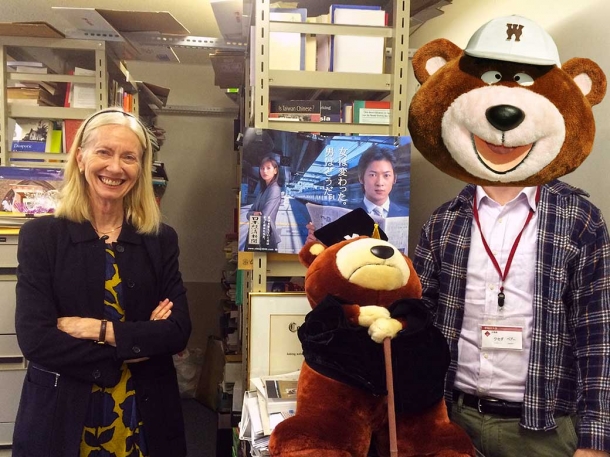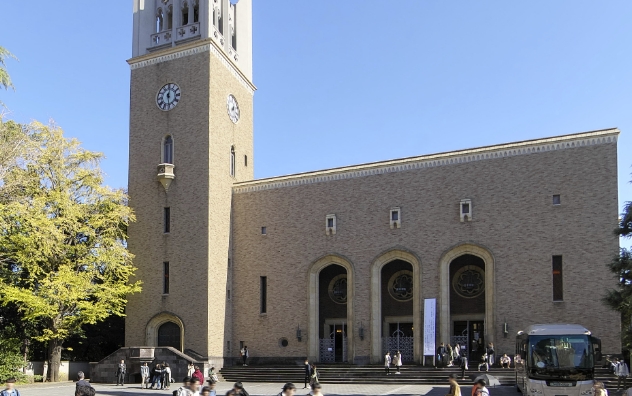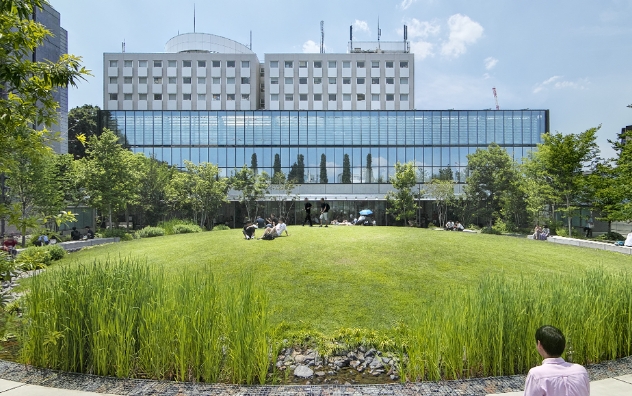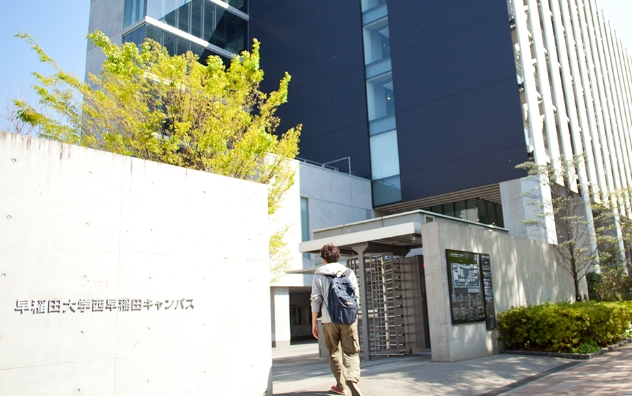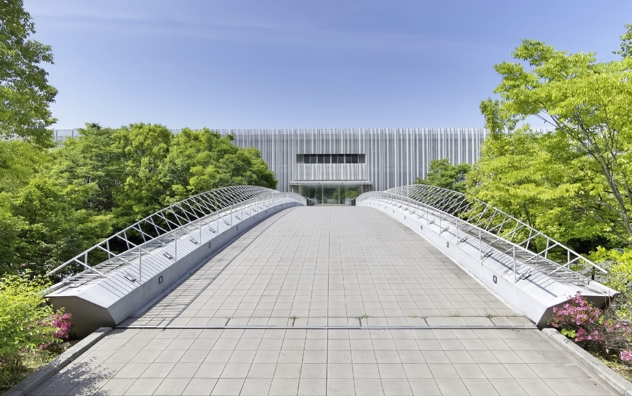Tackling Japanese social issues in “Office Hours” with GSAPS Professor Glenda Roberts
Mon, Nov 16, 2015-
Tags
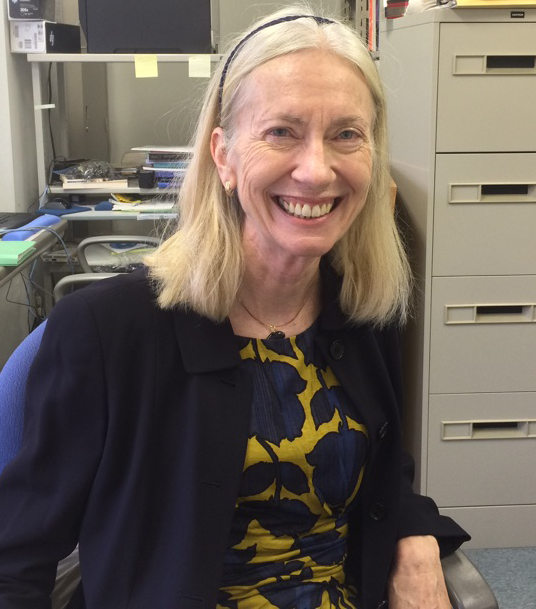 The Graduate School of Asia-Pacific Studies (GSAPS) is home to professors, researchers, and students working to solve the various issues facing our contemporary global society. One professor and founding member of GSAPS is Glenda Roberts, a specialist in socio-cultural anthropology, gender studies, and migration studies. In this volume of “Office Hours,” we discuss with Professor Roberts her reasons for coming to Japan to conduct research on social issues and policy in Japan.
The Graduate School of Asia-Pacific Studies (GSAPS) is home to professors, researchers, and students working to solve the various issues facing our contemporary global society. One professor and founding member of GSAPS is Glenda Roberts, a specialist in socio-cultural anthropology, gender studies, and migration studies. In this volume of “Office Hours,” we discuss with Professor Roberts her reasons for coming to Japan to conduct research on social issues and policy in Japan.
What do you use your office for on a day-to-day basis?
My office is first and foremost my book and article repository. I am grateful to have this large space to store all of my books. Most of my reference materials are here, although at home, I keep materials for the projects I am currently working on. I also use my office to meet students, and sometimes, conduct research interviews. Of course, I also work here in-between classes. However, the majority of my reading, writing and thinking I do at home.
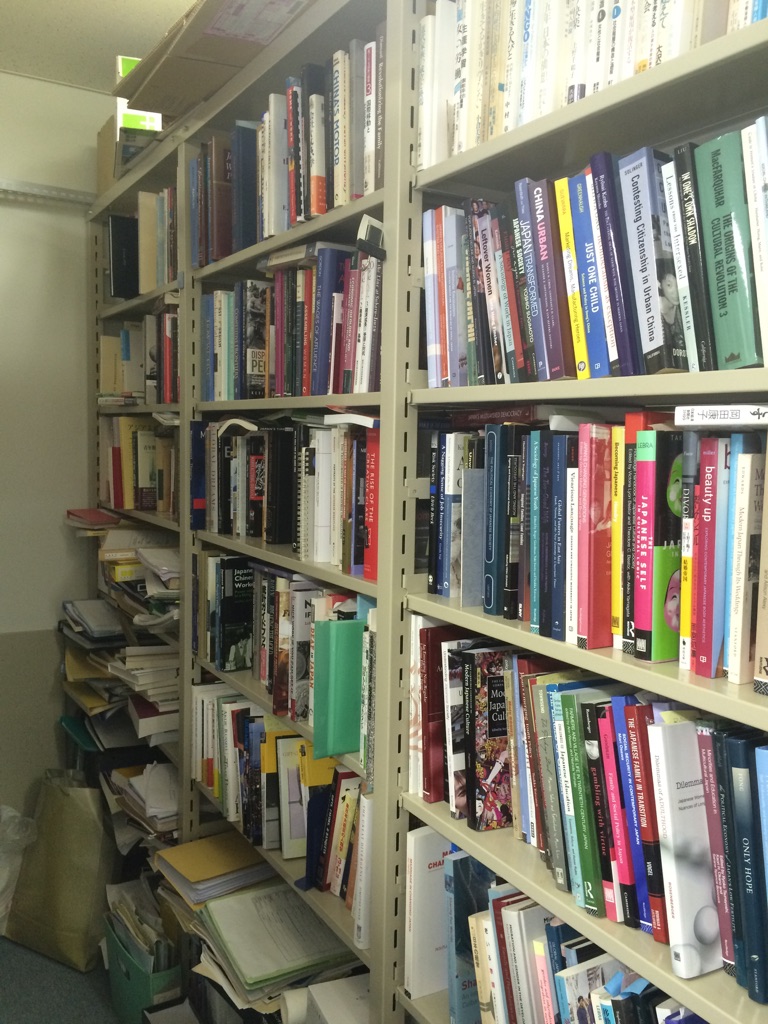
Professor Roberts’ book and article repository
What inspired you to research issues regarding migration, gender-equality, and other social issues as they relate to Japan?
I was initially inspired to study gender equality here because the gender regime was quite different from the one I experienced in my home while growing up in the US. My mother was a homemaker, but she did not have the power that Japanese homemakers typically enjoy. She did not have discretionary use of my father’s paycheck, for instance, and did not make unilateral decisions about household management or the children’s education. I wanted to understand how the gendered division of labor operates and how it is changing in this culture. The migration topic piqued my curiosity because I noticed so many visible foreigners doing blue-collar work in the city around the time of the bubble economy. I wondered how they were being treated and what their intentions were in terms of long-term settlement, since Japan did not consider itself an immigration society. I also wondered whether Japan would turn towards immigration as a partial solution to help the country in an era of extremely low fertility and rapidly aging population.
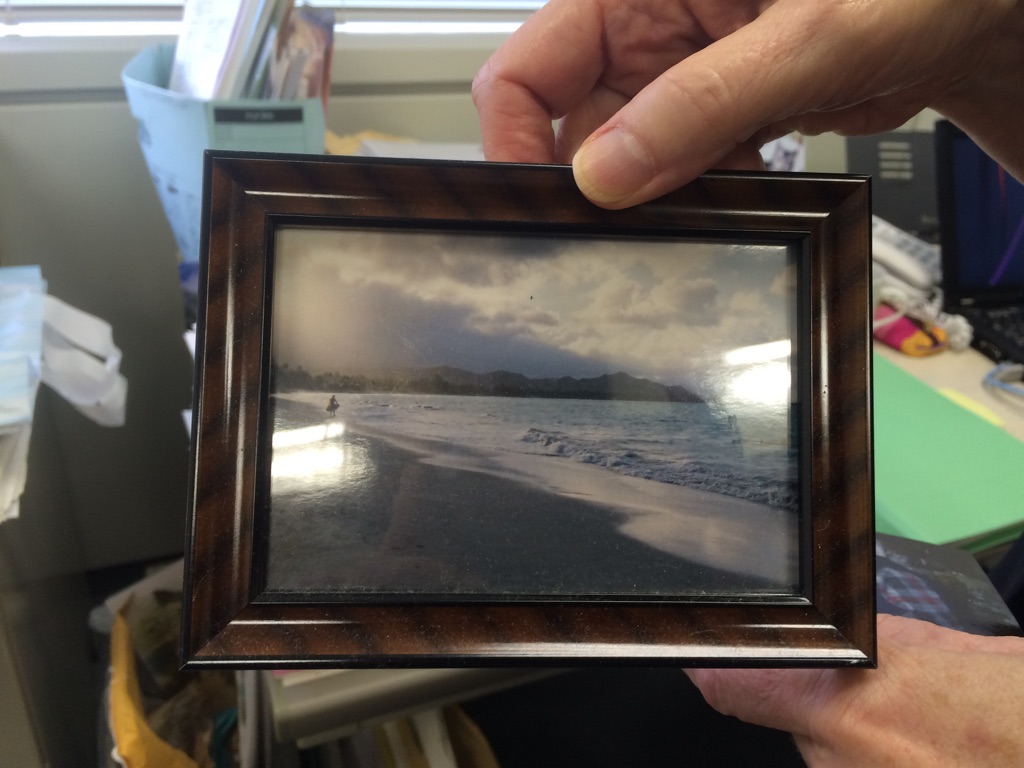
Roberts’ Hawaii getaway
Can you please tell us about your research “Staying on the Line: Blue-Collar Women in Contemporary Japan”?
This was my first research. I worked at a Japanese factory for a year and did research for two years. I was trying to understand why women would continue working even after marriage and childrearing, when most women at the time (1983) quit when they married. I wanted to understand how they saw the cultural norm of “good wife, wise mother,” when they themselves were working fulltime and putting their children into public daycare. I learned that they considered the life of the housewife to be stultifying and dull. They wanted to be active in society and they had goals to provide more for their children than was possible just on their husbands’ salaries. They were very proud of their own abilities as workers in that company, and although they knew that it would not be easy to continue as a fulltime worker, they were trying to forge a new path.
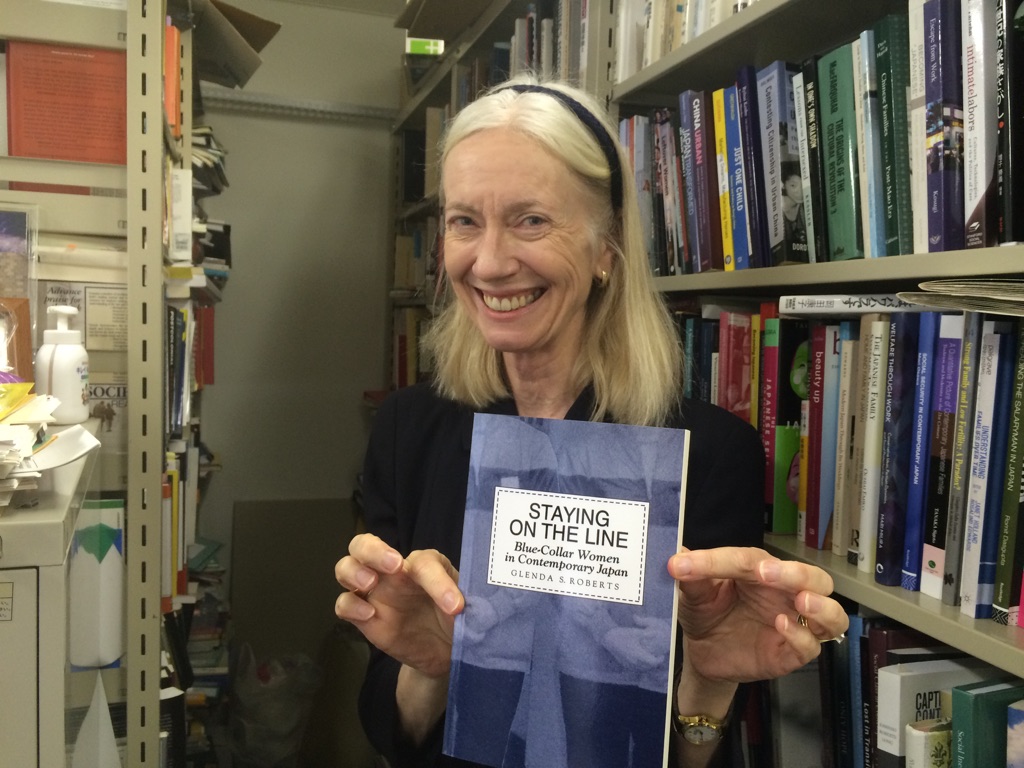
What effects have the Abe administration’s social policies had on Japan and what effects will they have in the future?
PM Abe’s first administration attempted to strengthen ‘home education’ and his version of ‘family values.’ I am not sure whether there has been an effect or not, but I do not see many young people offering train seats to the aged and pregnant women! His second administration is trying to ‘make women shine’ by encouraging companies to promote women. They also say they will create enough daycare so there will no longer be long waiting lists. It takes time to train people for higher managerial positions so the former goal cannot be achieved overnight. The latter goal may be achieved if enough money is thrown at it.
Another policy we should be concerned about is the expansion of the ginoujisshuusei program, which Ippei Torii, the head of Solidarity with Migrants Japan (SMJ), an organization working on issues concerning migrants’ rights, refers to as a form of human trafficking. Last spring as the Ministry of Justice deliberated on the country’s next five-year immigration control plan and deliberated on the future of the ginoujisshuusei, the PM decided to revise the program. Although the PM decided to maintain the program, there are hopes that the modified version will lessen exploitation. Nevertheless, the bottom line is that it is still a temporary guest worker program in the guise of technology transfer. We have to ask why such a guise is necessary, and what workers lose when things are not above-board. PM Abe has stated publicly that he will not take in immigrants and has not offered to take in any of the millions of refugees flowing to Europe from Syria. The only migrants that are welcomed here are the so-called highly skilled, and marriage migrants. However, Japan needs labor in more categories than this, and the need will only increase in the coming years of demographic decline. I will be very curious to see how the government deals with this issue in the future.
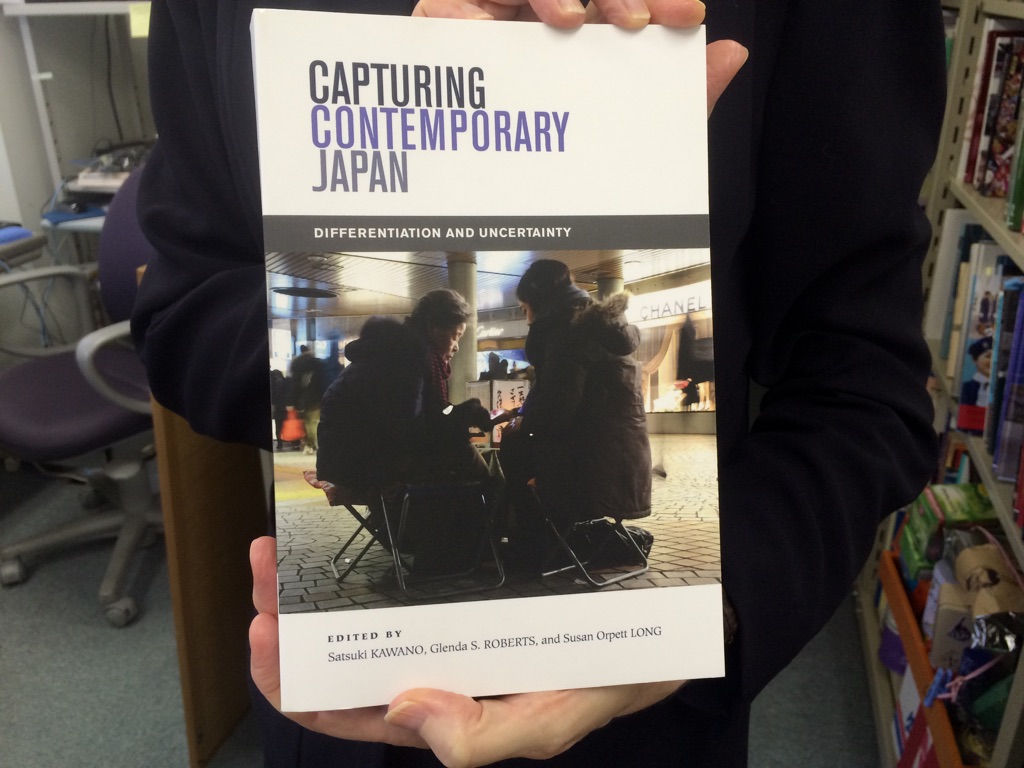
Do you notice any major differences/similarities between the social landscapes of Japan and the US? (specifically in regards to class/gender-equality, migration/immigration, etc.)
Of course, there are huge differences. The US has been a country of immigration since it was established. There have been waves of opening and closing the doors of immigration as well as periodic amnesties granted to undocumented migrants. Immigration is a big political issue in the US. Yet the Statue of Liberty in the NY harbor states what has become emblematic for our culture, “Give me your tired, your poor.” The Statue does not say, “Give me your technologically savvy and your investors.” I think people feel that immigrants have been and continue to be essential to the diversity and innovation that has made the US strong and vibrant.
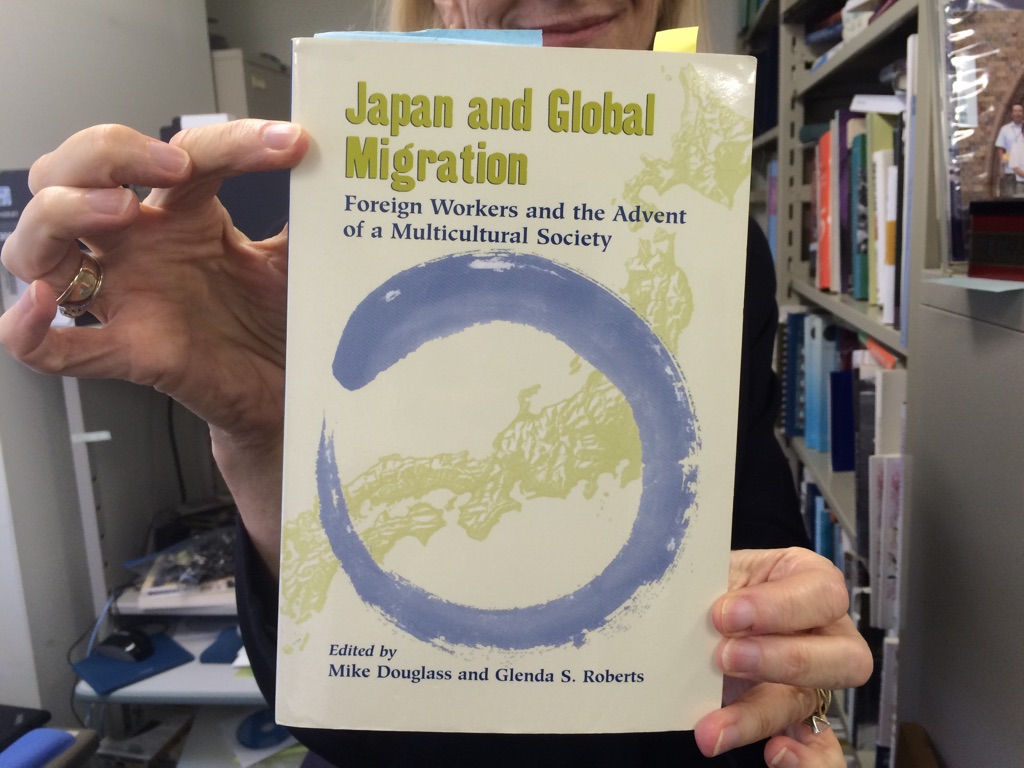
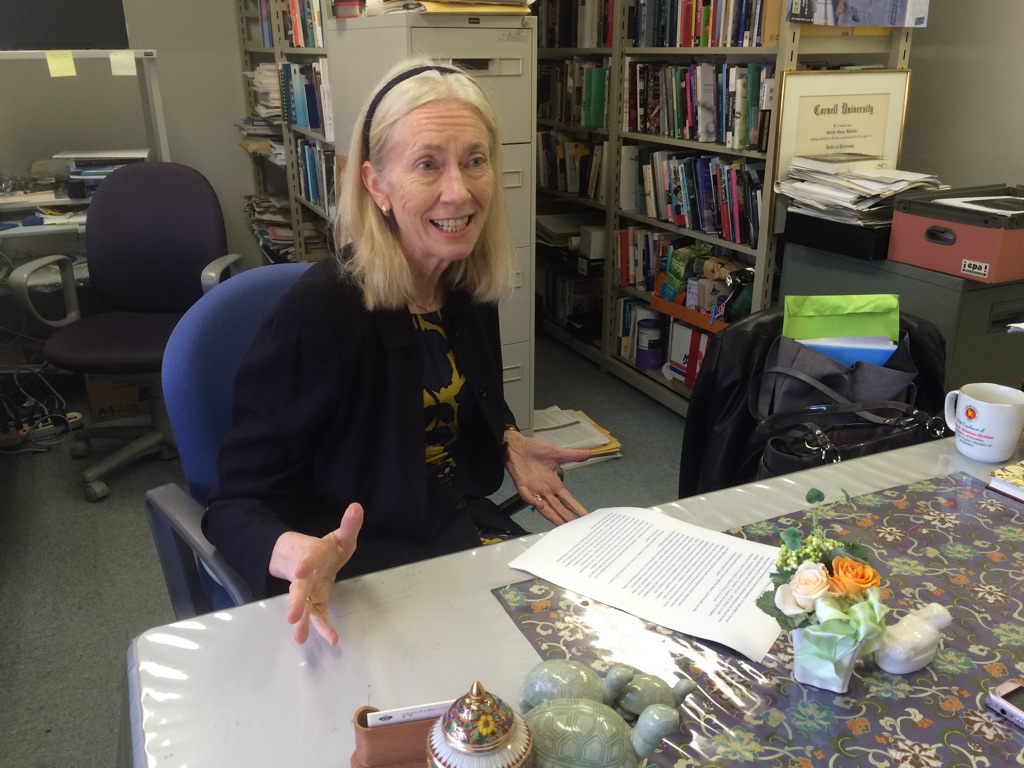
Before we go, do you have a message for students?
I hope Japanese students will take advantage of all of the international opportunities that Waseda offers. We have the most international students of any university in Japan and I hope Japanese students will take the opportunity to meet, befriend, and learn from them. I also hope they take the opportunity to take English-based classes and study abroad to expand their horizons. There is a stereotype that Japanese young people do not want to go out of the country anymore and are happy with being in their own little cocoon. I hope Waseda students prove that stereotype wrong.
